#wildlife: north america
Text
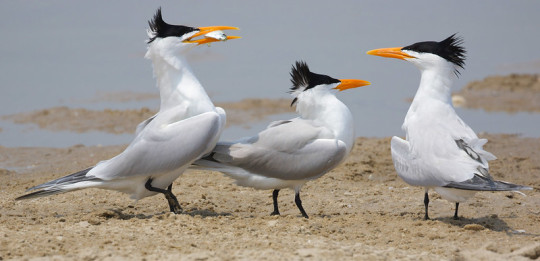
A male royal tern (Thalasseus maximus) attempts to court two disinterested females on South Padre Island, TX, USA
by Gregory "Slobirdr" Smith
#royal tern#terns#seabirds#birds#thalasseus maximus#thalasseus#laridae#Charadriiformes#aves#chordata#wildlife: texas#wildlife: usa#wildlife: north america
92 notes
·
View notes
Text

Campfire Scene by Norton Bush
#norton bush#art#campfire#wildlife#landscape#nature#fire#forest#woods#moonlight#moonlit#night#evening#clouds#sky#trees#america#north america#american
3K notes
·
View notes
Text
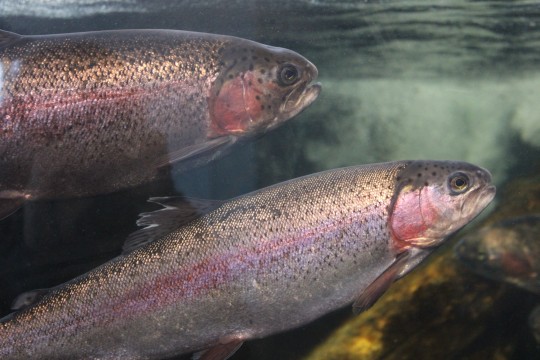
Rainbow trout, Oncorhynchus mykiss, at Monterey Bay aquarium
#fish#rainbow trout#monterey bay aquarium#monterey bay#aquarium#aquariums#nature#wildlife#nature photography#naturalist#mine#photography#ecology#north america#animals#wildlife biology#ichthyology#biology#wildlife biologist#ecologist#biologist#fishes
804 notes
·
View notes
Text

Northern Flicker
#ontario#nature#original photographers#nature photography#beautiful#walking in nature#bird photography#birding#birdblr#birds of north america#bird#birds#backyard birds#birdwatching#bird art#wildlife#woodpecker#northern flicker#birbs#birblr#birb art#birbs of tumblr#art#artwork#nature photo art#artists on tumblr#my art#photograph#photography#my photos
418 notes
·
View notes
Text
Y'all know I'm a sucker for endangered species reintroduction stories, right? Especially when it's not a charismatic megafauna being highlighted. So of course I was excited when this headline crossed my dash.
The magnificent ramshorn (what a great name!), also known as Planorbella magnifica, is a tiny snail endemic to ponds and other quiet waterways in North Carolina's lower Cape Fear River basin. In fact, they were only known from four sites in the region. Due to plummeting numbers in its limited habitat, some of the last of these snails were removed from the wild to create an intensive captive breeding program. (It really doesn't take much to keep a snail happy in captivity once you figure out what conditions it needs.) The last wild individual was observed twenty years ago, and it is considered to be extinct in the wild.
That is, until now. Two thousand of these little reddish snails were released into a safe pond in Brunswick County. Researchers are using this as a way to observe how well these captive-bred snails adapt to their historic habitat, including successful reproduction. If all goes well, we can hope to see more reintroductions of these native mollusks back into their original range.
We nature nerds are biased, because we think everything in nature is awesome (yes, I'm even an apologist for mosquitoes!) So of course we get excited when a bunch of rare little snails get a second chance, because we understand how crucial each species is to its ecosystem. It can be tougher sometimes to sell the importance of this to the general public, who may question why it would be such a big deal for one snail species to go extinct. That's why I think it's so important for us to keep sharing our knowledge and--perhaps even more importantly--our enthusiasm for all these amazing beings. Keep being cheerleaders for critters like these snails, and your enthusiasm may end up being contagious!
#snails#ramshorn snails#magnificent ramshorn#molluscs#mollusks#gastropods#wildlife#animals#endangered species#habitat restoration#extinction#environment#conservation#nature#ecology#science#scicomm#North America
405 notes
·
View notes
Text
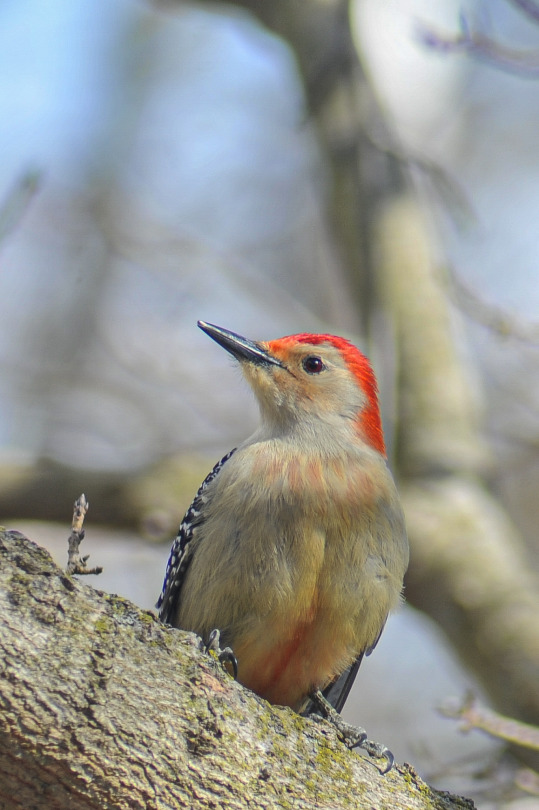
The Red Bellied Woodpecker showing why they have that namesake😊
#nature#wildlife#birding#birds#hobby#adventure#wildlife photography#birblife#wildlifelovers#woodpecker#birdlovers#birblr#birds of north america#bird#bird photography#birdwatching#birbs of tumblr
196 notes
·
View notes
Text
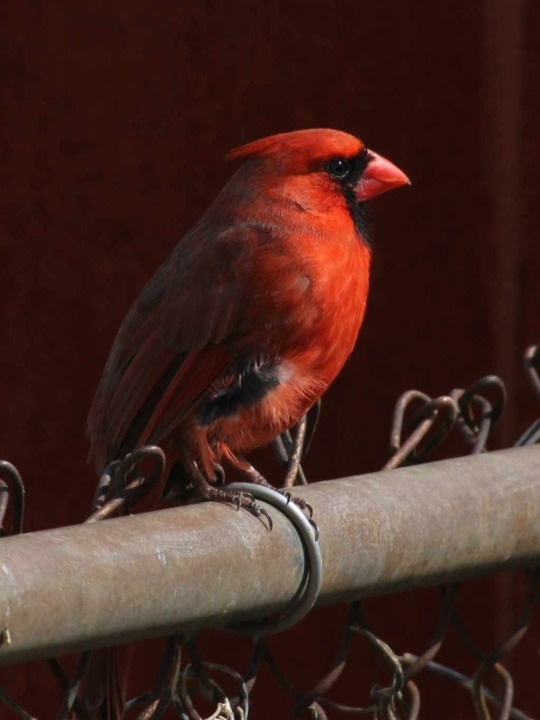
Northern Cardinal
Cardinalis cardinalis
Male
Shining in all his glory.
March 17th, 2024
Jefferson County, Missouri, USA
Olivia R. Myers
@oliviarosaline
#birds#birding#birdwatching#bird watching#cardinal#cardinals#northern cardinal#backyard#backyard birds#Missouri#birds of Missouri#the ozarks#ozarks#avian#bird photography#Cardinalis cardinalis#Cardinalis#wild birds#birdcore#red bird#red birds#bird art#birbs#birds of tumblr#nature#naturecore#wildlife#wildlife photography#st. louis#birds of north america
231 notes
·
View notes
Text
Isn't it so funny
how certain sounds make you feel in a certain way? Stepping outside right now does that, the Grackles and Redwinged Blackbirds are putting it all out there, and it makes me feel like spring. And when the landscape is barren, what better is there to look at the glorious, gorgeous Grackles? There are the blue variety as well as the purple one. Returners are Count Jr. with the white spot as well as “Kermit” with the odd eye. I hope you all had a wonderful World Wildlife Day!
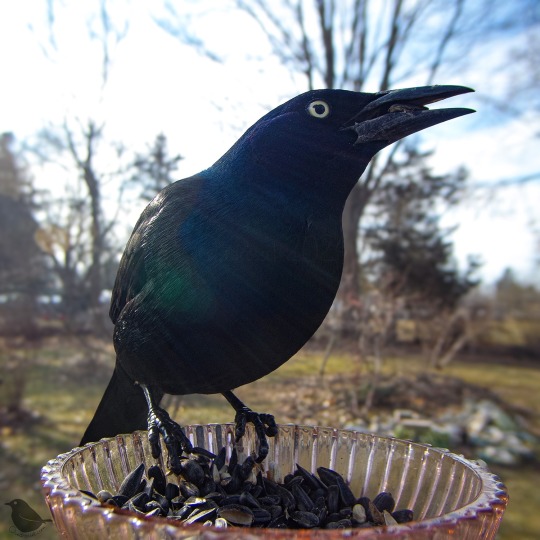



#birds#backyard birds#Common Grackle#Count Grackula#World Wildlife Day#birds of Michigan#birds of north america#birdwatching#birdlovers#nature#Ostdrossel#signs of spring#birdphotography
235 notes
·
View notes
Text
A Moment with Nature: The Carolina Chickadee
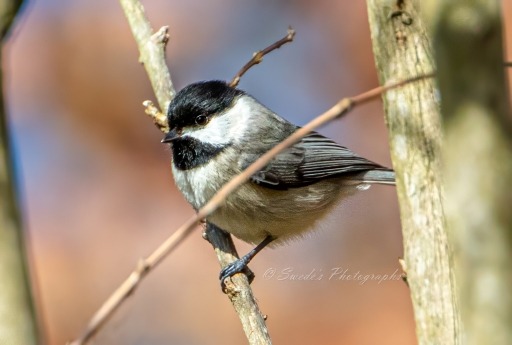
“Amidst the delicate branches, the Carolina Chickadee (Poecile carolinensis) perches gracefully, its feathers catching the soft sunlight. A moment frozen in time, where nature’s secrets are shared through subtle melodies.” - Copilot with edits
You know, the photographs that I post here are not quite a vivid as the same photographs that I post at my pixel's gallery, because here, I reduce the size of the photos and usually make a slight reduction in the quality of the photos to make them easier to load.
Take a look:
https://swede1952-photographs.pixels.com
@birdcounter
#photo#photography#photographer#photographylovers#wildlife#nature#birds#birdwatching#birdsphotography#birds of north america#birdlovers#birdphotography#carolina chickadee#birbs#bird#bird watching#birding#birdingphotography#birds nature#backyard birds
175 notes
·
View notes
Text
Unexpected 🙂
More like this
#bird#cute animals#birds of tumblr#cute#unexpected#pets#wildlife#nasa#birds of north america#birds nature#animals#amimals of#animals of tumblr#animal videos
101 notes
·
View notes
Text

An Arctic wolf (Canis lupus arctos) shakes off in a duckweed covered pond in Northern Canada
by Daniel Parent
#arctic wolf#grey wolf#wolves#canines#canis lupus#canis#canidae#carnivora#mammalia#chordata#wildlife: canada#wildlife: north america
91 notes
·
View notes
Text

Wolves Keep Brain Worm–Spreading Deer Away From Moose Populations in Minnesota
Wildlife managers now face the challenge of creating conservation plans for all three species while maintaining balance between predator and prey animals
In Minnesota, moose used to roam the boreal forests by the thousands. The population had 8,800 individuals in 2006, and since then, numbers in the northeastern part of the state alone have fallen by 64 percent, reports Liz Scheltens for Vox.
Warmer, shorter winters, tick infestations, liver issues, wolves, and parasites all contribute to declines in remnant Minnesota moose populations, reports Dennis Anderson for the Star Tribune.
However, the biggest threat may be migrating white-tailed deer. As deer entered moose habitats, they brought brainworm, a fatal parasite to moose. While harmless to white-tailed deer, the parasite (Parelaphostrongylus tenuis) causes disorientation, extreme weakness, and the inability to stand in moose.
It may be a critical factor as to why Minnesota's northern moose populations have declined significantly...
Read more:
https://www.smithsonianmag.com/smart-news/plummeting-minnesota-moose-populations-may-recover-with-help-from-wolves-180979484
#moose#ecology#climate#climate science#parasites#ungulate#mammal#animals#nature#north america#wildlife science#science
245 notes
·
View notes
Photo

The lesser long-nosed bat, a crucial pollinator for desert ecosystems, is one of only three bat species in North America that feed on nectar.
PHOTOGRAPH BY TOM VEZO, MINDEN PICTURES
#tom vezo#photographer#minden pictures#lesser long-nosed bat#bat#animal#mammal#wildlife#north america#nectar#nature#desert ecosystems#national geographic
202 notes
·
View notes
Text

A juvenile elephant seal napping on Point Reyes National Seashore
#seals#pinnipeds#mine#elephant seal#marine mammals#wildlife#nature#nature photography#naturalist#ecology#north america#animals#photography#california wildlife#point reyes#national parks#national park#seal#wildlife biology#marine biology#marine animals#marine life#marine biologist#California#bay area#northern california#norcal#ecologist#wildlife biologist#ocean
222 notes
·
View notes
Text

Yellow-bellied Sapsucker
#ontario#nature#nature photography#original photographers#beautiful#bird photography#walking in nature#birdblr#birding#birds of north america#bird#backyard birds#birds#birdwatching#bird art#wildlife#woods#woodpecker#sapsucker#yellow bellied sapsucker#birbs#birblr#birb art#birbs of tumblr#art#artwork#artists on tumblr#my art#nature photo art#photograph
178 notes
·
View notes
Text
The removal of dams from PNW rivers is one of the best ways to help salmon survive. We've seen in multiple cases where aquatic ecosystems have rebounded even faster than expected once a dam is removed and the water is allowed to flow naturally. This isn't just beneficial to local and regional ecology, but to indigenous communities who have relied on the salmon since time immemorial.
Yes, hydroelectric dams have provided clean energy for decades, which often makes getting rid of them a tough sell, both for people concerned about energy stability in general, and those wanting to reduce reliance on fossil fuels. However, we have other options that have less impact; windmills are increasing on the Western landscape, and a study a few years ago showed that solar power could replace the capacity of existing hydroelectric dams using a fraction of the space.
Are there details to iron out? Of course. While windmills are not the massive killers of birds and bats that the fossil fuel industry tries to paint them as, we do need to address the existing wildlife mortality--and people are already doing just that. Solar panels also need to be carefully placed, and materials sourced and recycled as sustainably as possible.
But when compared to the massive amount of resources used to build and maintain hydroelectric dams, and the immense negative impact on salmon and their aquatic ecosystems, wind and solar power are much better options for the long-term, especially if we keep putting effort into solving the problems of environmental impact, energy storage, and overall sustainability. The fact of the matter is that ANY form of energy we create is going to have some negative effects on the planet. But we can choose to engage in as much damage control as possible, and focus on solutions that take both human energy needs AND the rest of nature into account.
#hydroelectric dams#salmon#sustainability#clean energy#climate change#wildlife#animals#nature#environment#conservation#environmentalism#ecology#Pacific Northwest#North America#PNW#endangered species#extinction
186 notes
·
View notes